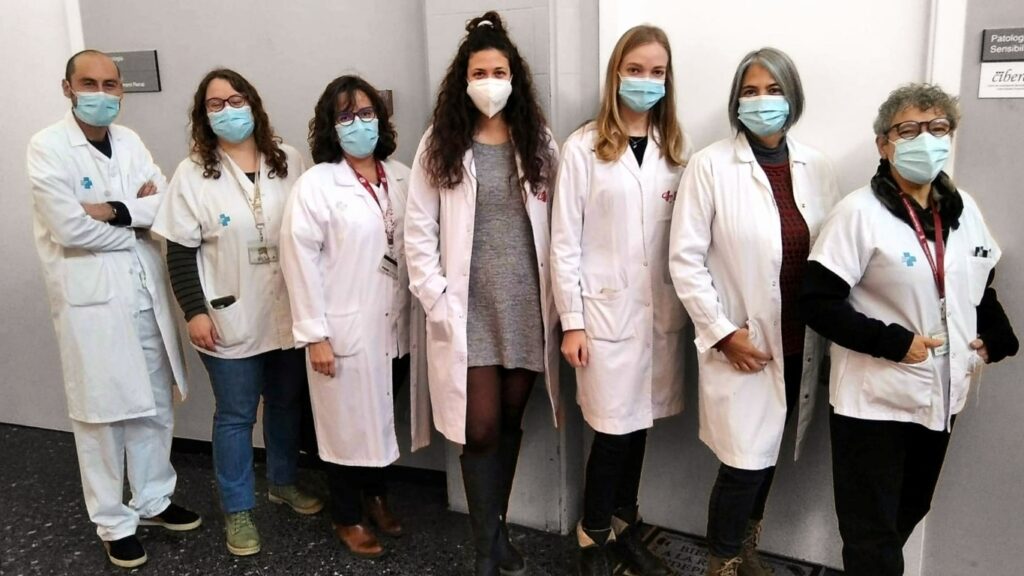Haemophilus influenzae is a bacterium that can cause mild respiratory infections such as sinusitis or conjunctivitis, but also more serious ones such as pneumonia, complications of chronic obstructive pulmonary disease (COPD) or invasive disease – when the bacterium penetrates deep tissues, such as blood or cerebrospinal fluid.
The IDIBELL and Bellvitge University Hospital research group on epidemiology of bacterial infections, together with the microbiology service of the same hospital, has presented an update report on the epidemiological situation of H. influenzae. The article was published in the journal Microbial Genomics and shows how the incidence and mortality of this infection have changed from 2008 to 2019 in this hospital. It also analyzes how antibiotic resistance has increased during this period.
The study describes that since 2008, the incidence of invasive disease caused by H. influenzae in the general population has remained stable. The vast majority of cases are caused by non-encapsulated bacteria, called NTHi, and mainly affect people over the age of 65 or who suffer from other conditions. In some cases, this patology can become very severe and even lead to death, especially in high risk people. However, according to the study, mortality from this disease has been declining in recent years.
In this sense, antibiotics are a key tool to fight bacterial infections: the sooner their administration, the more likely the patient will survive. Microorganisms, however, have their own self-defense tools. The best known one is the acquisition of antibiotic resistance, which, according to this study, has increased in the last years. This indicates that “in order to design effective prevention strategies, it is necessary to monitor the rise in antibiotic resistance,” explains Dr. Sara Martí, study leader. She added that continuing the epidemiological surveillance of H. influenzae infection is important.
The Bellvitge Biomedical Research Institute (IDIBELL) is a biomedical research center created in 2004. It is participated by the Bellvitge University Hospital and the Viladecans Hospital of the Catalan Institute of Health, the Catalan Institute of Oncology, the University of Barcelona and the City Council of L’Hospitalet de Llobregat.
IDIBELL is a member of the Campus of International Excellence of the University of Barcelona HUBc and is part of the CERCA institution of the Generalitat de Catalunya. In 2009 it became one of the first five Spanish research centers accredited as a health research institute by the Carlos III Health Institute. In addition, it is part of the “HR Excellence in Research” program of the European Union and is a member of EATRIS and REGIC. Since 2018, IDIBELL has been an Accredited Center of the AECC Scientific Foundation (FCAECC).

